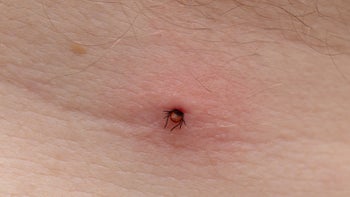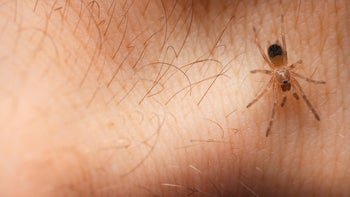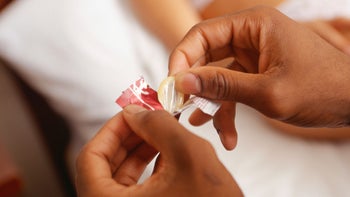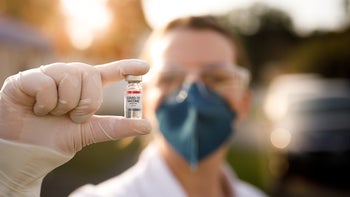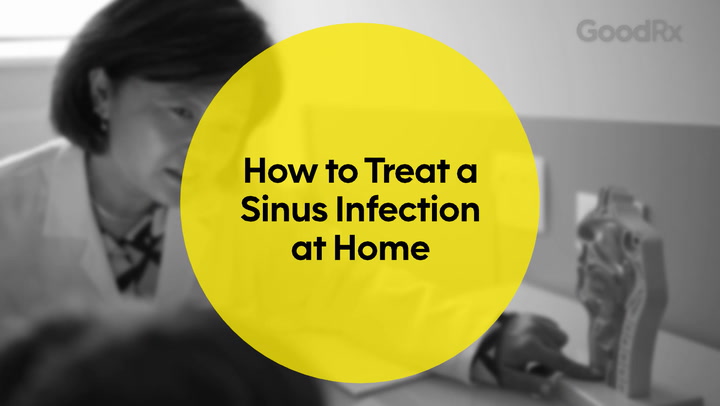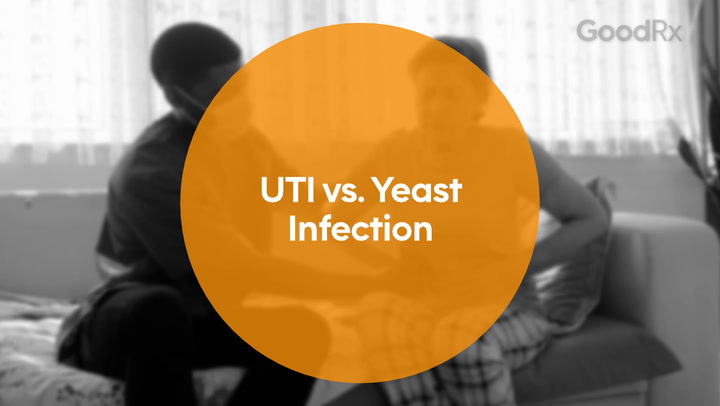
What Is Cat Scratch Disease?
Key takeaways:
Cat scratch disease, also called “cat scratch fever,” is an illness people can get from cats.
Cats can pass the bacteria that causes cat scratch disease — Bartonella henselae — to people through bites and scratches.
Most people only have mild symptoms from cat scratch disease. But people with weakened immune systems can get a more serious form of the illness.

If you have a cat, you know the joys of having your purring, fluffy friend nearby. Some research suggests that pet ownership might have a positive influence on mental well-being.
But owning a cat comes with challenges too — like being scratched and nipped. While these aren’t always a big deal, they can lead to infections such as cat scratch disease (also known as “cat scratch fever”). If you have a cat, here’s everything you need to know about cat scratch disease and how to stay safe while staying close with your cat.
What causes cat scratch disease?
Bartonella henselae is the bacteria that causes cat scratch disease. B. henselae can live in a cat’s blood without causing any signs of illness. Since cats don’t usually get sick, they carry B. henselae and can spread it to other animals and people.
Cats can pass B. henselae to you when they:
Scratch or bite you
Lick an area of skin with a break, like a wound
Cat fleas also carry B. henselae. Fleas are the most common way the bacteria passes between cats.
Read more like this
Explore these related articles, suggested for readers like you.
There’s also evidence that dogs can carry B. henselae, but it isn’t common.
Do all cats carry Bartonella henselae bacteria?
Not all cats carry B. henselae. Studies estimate that about 30% to 40% of cats carry B. henselae. But in some areas of the U.S., these rates are much higher.
Cats are more likely to carry B. henselae if they:
Have fleas: Fleas can pass the bacteria from one cat to another.
Are kittens: Kittens are more likely to have more bacteria in their blood than adult cats.
Spend time outdoors: Outdoor (or hunting) cats are more likely to come in contact with fleas and other cats, which puts them at risk for B. henselae infection.
Fight with other cats: When cats fight, they can come in contact with another cat’s blood and catch B. henselae.
Receive blood transfusions: If a cat gets a blood transfusion that is contaminated with B. henselae, the bacteria can infect them.
How does cat scratch disease affect the human body?
When B. henselae gets into a person’s body, it can cause a local infection and rash near the bite or scratch.
Once it enters the skin, the bacteria travels to the nearest lymph node. The bacteria causes the lymph node to become red, swollen, and painful. From there, the bacteria can spread to other parts of the body, including the:
Liver
Spleen
Eye
Brain
Heart valves
If the bacteria spread to other parts of the body, it will cause more serious illness.
Most cat scratches and bites don’t end up causing catch scratch disease. One study looked at how many people got cat scratch disease between 2003 and 2013. They found that the number of cases was very low in the U.S.
But this same study found that children and people who were immunocompromised were more likely to develop cat scratch disease. These two groups are also more likely to develop the more serious infection where the bacteria travels to and infects multiple organs in the body.
What are the symptoms of cat scratch disease?
The most common symptoms of cat scratch disease are:
Fever
Headache
Feeling tired
Poor appetite
Bump at the site of the bite or scratch
Swollen, painful, and red lymph node (usually in the armpit)
The swollen lymph nodes from cat scratch disease usually start between 1 to 3 weeks after a bite or scratch.
It’s important to remember that cat bites and scratches can cause skin infections like cellulitis. Cellulitis is more common than cat scratch disease and can cause similar symptoms.
If you have any fever, redness, pain, or swelling at the site of your scratch or bite, see a healthcare provider right away.
What is the treatment for cat scratch disease?
Many people get better on their own and don’t need any treatment for cat scratch disease.
But most healthcare providers recommend taking the antibiotic azithromycin to:
Make lymph node swelling and pain go away faster
Prevent the bacteria from spreading to other organs and causing more serious illness
People will need to take azithromycin for 5 days to treat cat scratch disease.
Antibiotics are especially important for people who are more likely to develop more serious infections. This includes children and people with a weakened immune system.
How do you prevent cat scratch disease?
Even though cat scratch disease isn’t very common, it can cause serious illness. So it’s a good idea to take steps to protect yourself if you have a cat or come in contact with cats.
Here are some things you can do to keep yourself safe:
Trim your cat’s claws. Keeping your cat’s claws trimmed lowers the risk of scratches that can break the skin. You don’t need to declaw your cat. There’s no evidence that declawing decreases the risk of cat scratch disease.
Stay up to date with flea prevention. Fleas pass B. henselae to cats. Keeping your cat free of fleas protects you and your cat from cat scratch disease. Use year-round flea protection.
Keep your cat indoors. Outdoor cats are more likely to come into contact with B. henselae. Keep your cat inside as much as possible.
Avoid rough play with your cat. Try not to provoke your cat, so they don’t accidentally scratch or bite you. Remind children not to play roughly with cats. Supervise young children when they are in the same room as the cat.
Wash scratches and bites right away. Wash scratches and bites with soap and water right away. This helps decrease the risk of B. henselae and other bacteria getting into your body.
Keep up to date with vet appointments. Routine vet appointments are important for your pet’s health. Your vet can make sure your cat is healthy and doesn’t have fleas.
Stay away from feral and outdoor cats. Outdoor cats are more likely to carry B. henselae. To prevent possible bites and scratches, it’s a good idea to stay away from outdoor, stray, and feral cats.
The bottom line
Cat scratch disease is an illness the bacteria Bartonella henselae causes. A cat can pass the bacteria to you through a bite or scratch. The most common symptoms of cat scratch disease are fever and a swollen lymph node (usually in the armpit). People with weakened immune systems can develop more serious symptoms, including infections in the eye and brain. Azithromycin is an antibiotic that can treat this illness. To stay safe from cat scratch disease, keep your cat indoors as much as possible and stay up to date on their flea control throughout the year.
Why trust our experts?


References
Bass, J. W., et al. (1997). The expanding spectrum of Bartonella infections: II. Cat-scratch disease. The Pediatric Infectious Disease Journal.
Brooks, H. L., et al. (2018). The power of support from companion animals for people living with mental health problems: A systematic review and narrative synthesis of the evidence. BMC Psychiatry.
Centers for Disease Control and Prevention. (2020). Bartonella infection: For veterinarians.
Centers for Disease Control and Prevention. (2022). Bartonella henselae infection or cat scratch disease (CSD).
Centers for Disease Control and Prevention. (2022). Bartonella henselae or cat scratch disease (CSD) FAQs.
Nelson, C. A., et al. (2016). Cat-scratch disease in the United States, 2005–2013. Emerging Infectious Diseases.
Rolain, J. M., et al. (2004). Recommendations for treatment of human infections caused by Bartonella species. Antimicrobial Agents and Chemotherapy.
Williams, K., et al. (n.d.). Cat scratch disease. VCA Animal Hospitals.






